Persephone returned
impression of Rinelle Harper
Persephone was abducted and taken into the underworld as the wife of Hades.
Why is Persephone relevant today?
click here
Rinelle Harper
Rinelle Harper (born 1998) is a First Nations woman from Garden Hill First Nation in Manitoba. In November 2014, at the age of 16, Rinelle Harper was beaten, sexually assaulted and left for dead on the banks of the Assiniboine River.
Harper rose to prominence as an advocate for victims of violence calling for an Inquiry in to violence against Indigenous Women and Girls. A year later her home burned to the ground and still she and her family remained strong.
Since then Rinelle Harper has gone on to assist with the National Inquiry on Missing and Murdered Indigenous Women and Girls.
“I didn’t choose what happened to me but I did make a choice to speak out against violence,”
“I think of myself: not as a victim, but as a voice for change.”
“I want to teach people that change starts with us, through education, by understanding more about the world.”
”We have to ask ourselves how we contribute to violence and take responsibility to change our words and our thoughts.”
WHY ARE WE ENABLING RAPE?
Today we have an opportunity look back at history with contemporary eyes. Why would we not do so?
Certainly, it is worthwhile exploring the history of art and considering how and why things were done. It is also worth considering what impact this may have on our world today.
It’s fascinating to discover the typical ideas, beliefs and perspectives of the time in which these artworks were created, but even more interesting is to consider: what deeper influence might these ideas and artworks have had — and might they continue to have upon our psyches and societies if left unexamined and simply taken at face-value?
Why should we continue viewing these works if we are not to learn something new that could contribute to the betterment of society?
What deep seated ideas continue to enable people to carry on raping the land and the people?
How much compassion are these works really generating for the victim?
Created to be viewed from the perspective of the viewer/ mirón/ voyeur/ male-centric gaze — these works feed into vicarious erotic thrill and/or sensual horror. A feeling not entirely dissimilar to watching the news today. The individual in question vanishes in the excitement of the event. The real issue at hand is forgotten as the viewer is swept away in the subtle or not-so-subtle erotic feelings generated by the works.
How much more must this puerile behaviour continue?
connections & contrasts with Women in Art
How do representations of women in Art relate to and/or contribute to problems we encounter in society today?
Explore the RESEARCH section of this site
References
- New Larousse Encyclopedia of Mythology*, Hamlyn Publishing Group Ltd., New York, 1959
- Ancient Mirrors of Womanhood, Merlin Stone, Beacon Press, Boston, 1984
- When God Was A Woman, Merlin Stone, Harvest Edition, 1976
- The Civilization of the Goddess, The World of Old Europe, Marija Gimbutas, HarperCollins Publishers, 1991
- The Language of the Goddess, Marija Gimbutas, HarperRow publishers, San Francisco, 1989





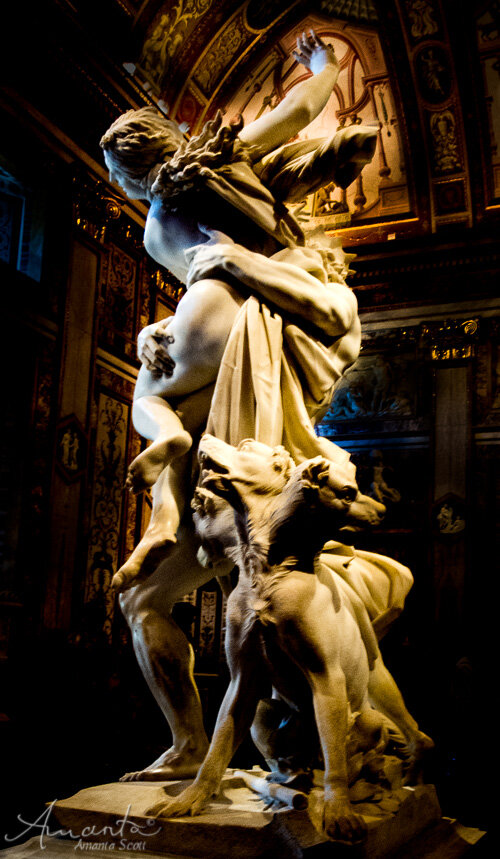

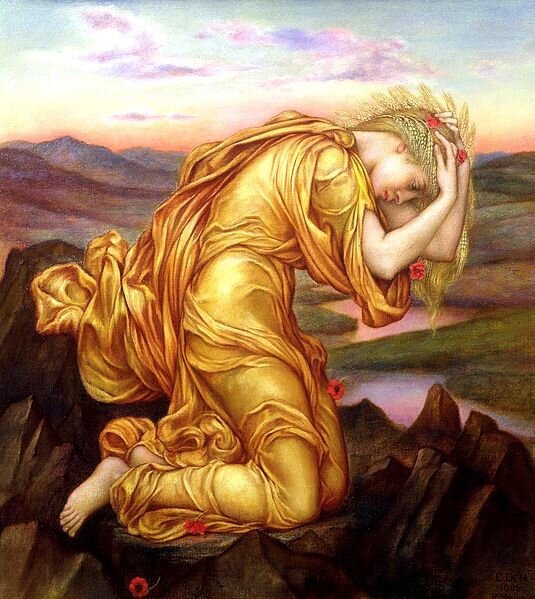







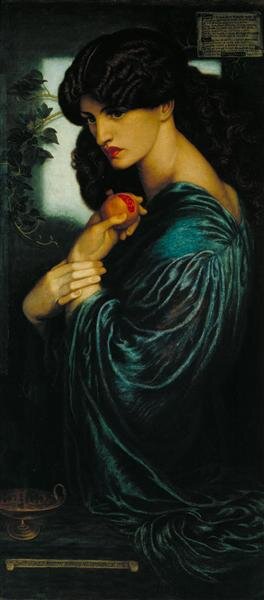
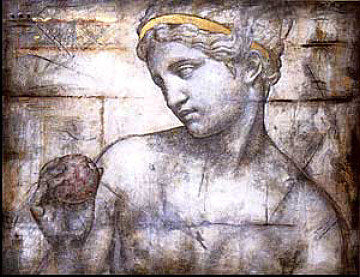







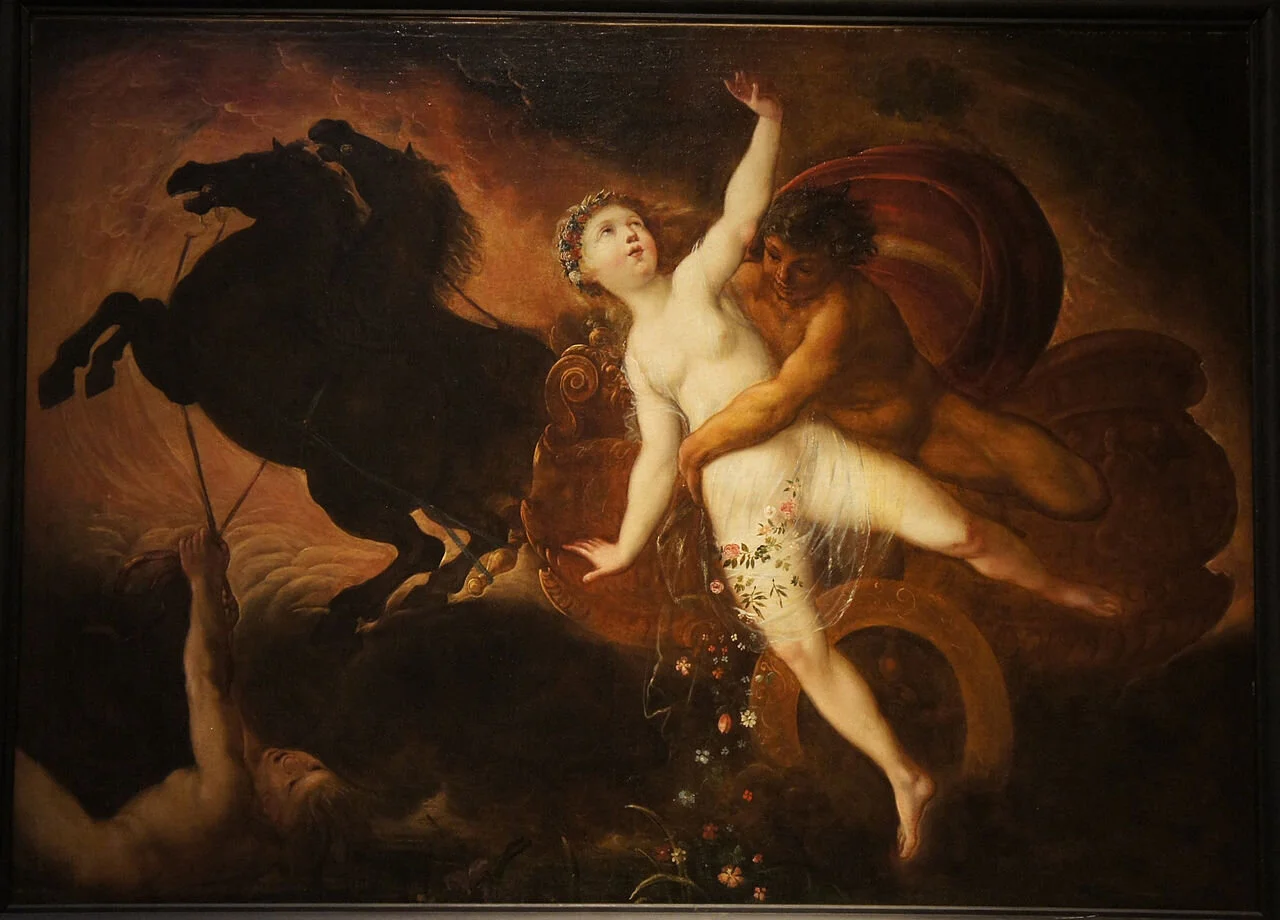


Amanta Scott, encaustic on canvas on cradled panel, 24 x 24 in/61 x 61 cm, Eyeing Medusa series, 2019. Read more